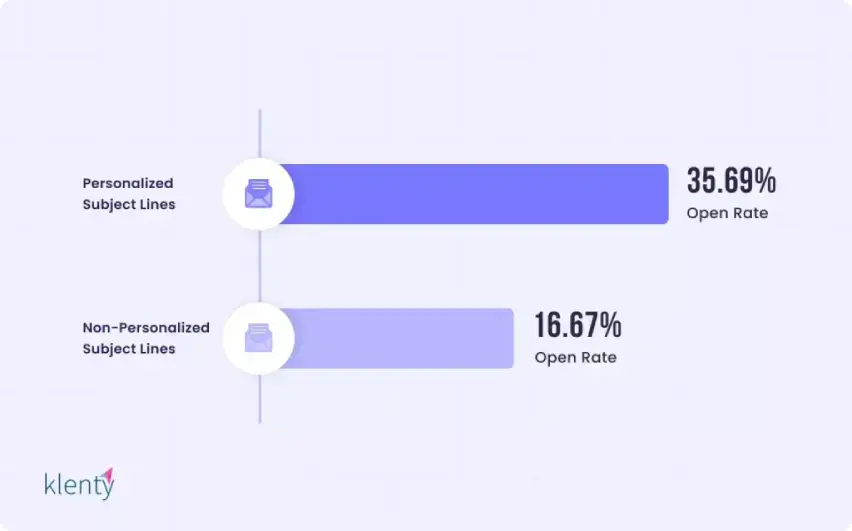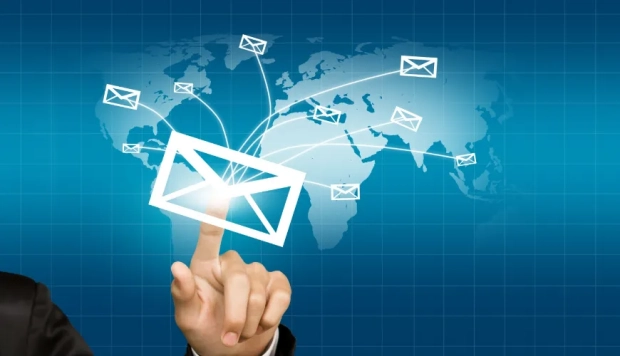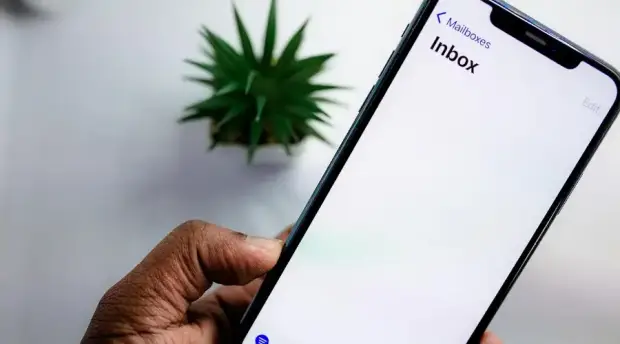Cold Email vs. LinkedIn Outreach: When to Use Which (and How to Combine Them)

What's better for networking and B2B? Sending out cold emails or LinkedIn outreach? Knowing which approach to use can be the difference between a business relationship and being left on read.
In this article, we discuss when to do cold emails and when to perform LinkedIn outreach - and how to combine them for a dynamic networking approach!
Cold Email: Direct and Scalable
The directness of a good old classic cold email remains effective despite the rise of social media platforms like LinkedIn.
Its strength lies in the privacy and immediacy of emails. With the right message, subject line, and targeting, cold emails get straight to the point and can pique people's interest in no time.
When to Use Cold Email
- You have clear intent and value to offer
Cold emails are best when you already have a specific proposition in mind and know who, exactly, to talk to. Whether it's a demo, a service offer, or a business opportunity, send emails when you need to get into the nitty-gritty of your proposal (like a sales deck).
After all, on LinkedIn, it's generally unfavored to dump paragraph upon paragraph in someone's messages or public comments section!
- You're targeting mid-to-senior level professionals
Higher-level execs typically have little time for the dilly-dallying that can be present in LinkedIn interactions. Emails keep things tight and private, and have an extra layer of seriousness to them.
- Scalability is important
Cold email campaigns can easily be automated and scaled in a way that LinkedIn outreaches can't. Various tools for this allow you to run A/B tests, monitor open rates, and fine-tune your messaging.
Be prepared to do this a lot with cold emails, as they tend to have a lower response rate of 1% compared to LinkedIn outreaches.
Data from Gartner's 2019 report highlighted how challenging cold outreach has become - it now takes an average of 18 dials just to connect with one buyer, and only 23.9% of sales emails even get opened. This makes personalization and timing more critical than ever.
With inboxes flooded daily, relevance is your biggest weapon. The takeaway? Cold emails still work, but they need to be smart, human, and paired with tools that help sales teams reach the right people at the right time.
Cold Email Best Practices
- Keep subject lines short, to-the-point, and curiosity-driven.
- Personalize the message (address it personally to the recipient, mention recent news relevant to their company and to your proposal, etc.)
- Focus on how you can help them solve a problem, not on how amazing your product/service is.
- Finish it off with a single, clear call-to-action (e.g., "Are you open to a quick chat next week?")
Klenty's research found that emails with personalized subject lines have an almost 20% higher average open rate; non-personalized subject lines see an open rate of 16.67%, whereas personalized subject lines see an open rate of 35.69%.

Personalized vs. non-personalized subject line open rate
Protect Your Sender Reputation
When running cold email campaigns at scale, protecting your sender reputation and privacy is crucial, which is where using a VPN (Virtual Private Network) can be extremely valuable.
Why consider a VPN for cold emailing?
- IP reputation management: If you're sending high volumes of emails, your IP address could potentially get flagged. A VPN adds a layer of separation between your personal network and your outreach activities.
- Access from multiple locations: Some email providers might flag unusual login locations, so a VPN with consistent server locations helps maintain normal access patterns.
- Privacy protection: When researching prospects or testing campaigns, a VPN keeps your browsing activity private.
It's important to note that a VPN alone won't save you from spam filters if your content is poor or you're not following email best practices. Always prioritize quality targeting, personalization, and compliance with anti-spam laws like CAN-SPAM or GDPR!
LinkedIn Outreach: Warmer Contextual
LinkedIn's culture features an inherently more "human" way of networking. People remain professional, of course, but the public nature of the platform encourages more sociality.
Compared to emails, LinkedIn is more about building rapport and sharing mutual interests first - the conversation gradually moves towards business talks.
When to Use LinkedIn Outreach
- You're looking to build relationships
If your goal is to grow a network, start conversations, or develop rapport over time - despite not having specific business proposals (or at least not yet) - then this platform is the place for it.
- Your audience is active on LinkedIn
Industries like tech, marketing, and recruiting are very active on LinkedIn. See if there are enough people in your industry to make a LinkedIn networking strategy worthwhile.
- You want to leverage mutual connections or content
LinkedIn has tools that allow you to use shared interests, mutual connections, and content engagement as icebreakers, which make it easier to approach people.
LinkedIn Outreach Best Practices
- As with emails, always personalize your connection requests.
- Engage with the prospect's content (via likes and comments) before reaching out directly.
- Keep messages concise and avoid a hard sell up front.
- Only transition to email or a call after a clear rapport is established.
Combining Cold Email and LinkedIn: The Modern Power Duo
But who's to say you can't do both anyway? The most effective outreach strategies today combine both cold email and LinkedIn in some capacity.
By effectively layering and combining these approaches, you can be more omnipresent across all channels, building trust and familiarity quickly.
How to Combine Them Effectively
- Start with LinkedIn to build familiarity
If they have posts, start by viewing their profile, liking or commenting on a post, and then sending a connection request with a brief message - especially one related to something they posted. This warms them up for the time you hit their inbox.
- Follow up with a cold email
Once they've accepted your connection request or seen your profile, you can follow up via email. Seem too quick?
If so, chat with them first in their LinkedIn messages. Alternatively, you can simply refer to their LinkedIn content (e.g., "Saw your recent post about...") when emailing them.
This makes the email feel more personal and less cold and serves as a natural continuation of your LinkedIn interaction.
- Use LinkedIn as a reminder or for re-engagement
If they don't respond to your email, you can re-engage them on LinkedIn with another like or comment on their post. This serves as a soft follow-up message without being too pushy.
- Tailor your messages
Do NOT copy-paste the same messages on both platforms. Vary your tone by being more conversational on LinkedIn and more professional in emails.
Common Outreach Mistakes to Avoid
Whether you're using cold email, LinkedIn, or both, a few missteps can ruin your chances before you even get noticed.
Avoid sending generic messages - people can spot a copy-paste job instantly.
Don't skip the research either; referencing the wrong company or role is a fast track to being ignored!
Finally, don't follow up excessively. One or two polite nudges are fine, but bombarding someone across both platforms can backfire.
Final Thoughts
Think of sending cold emails as using a fishing pole with a hook - direct and you're focused on snagging a single catch. LinkedIn, on the other hand, is more like casting a wide net and seeing what you get.
However, what's important is that you keep experimenting and trying to improve your approach. Networking, after all, is an art.



